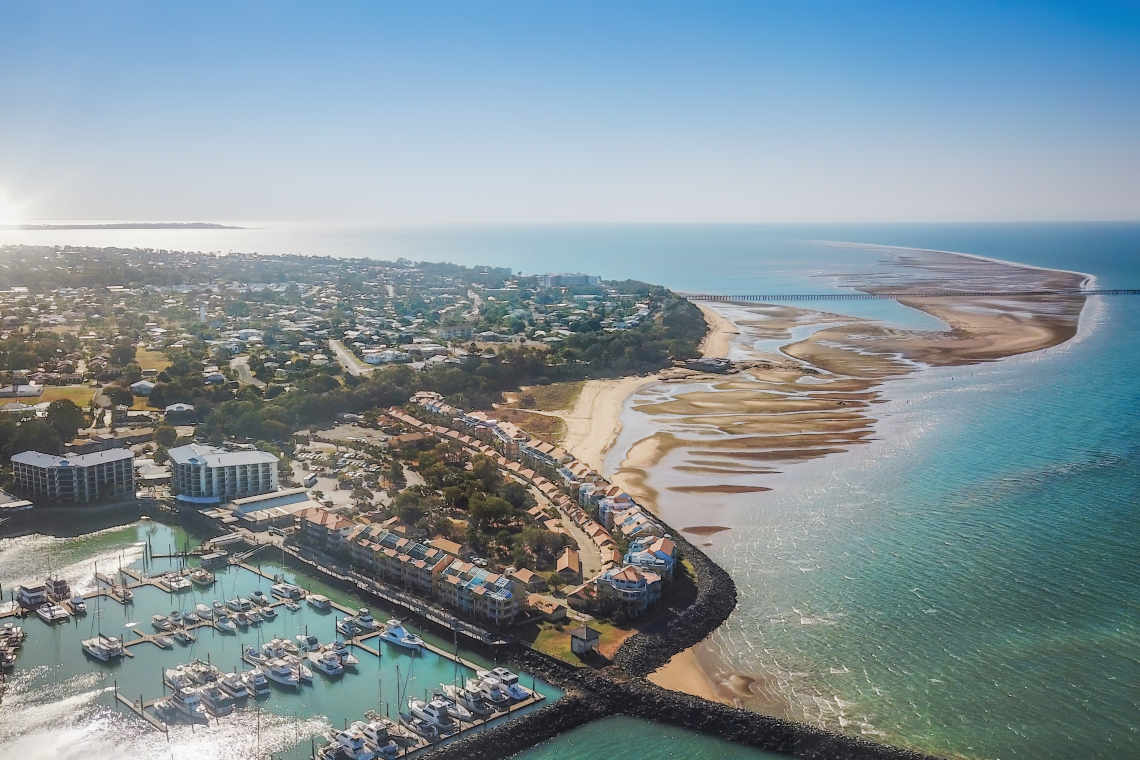大洋洲市場研究

這片大陸以其豐富的海洋生物、熱帶珊瑚和多樣化的生物群(包括稀有動植物)而聞名。大洋洲每年以其天堂般的吸引力和夏季旅遊勝地吸引數百萬遊客。
澳洲由 14 個國家組成,是其最大的國家,有時甚至被稱為大陸本身。大洋洲的大多數國家都是散佈在太平洋周圍的小島嶼。
然而,即使以陸地面積計算,它被認為是世界上最小的大陸,但它的國內生產總值仍然達到數萬億美元。其最大的出口市場為美國、日本和韓國等。
重點產業
大洋洲各國四面環水,主要是旅遊相關企業的投資天堂,也是進行大洋洲市場研究的良好地區。
其最大的產業是旅遊業,這是由於非洲大陸勞動力和服務業的高比率。為了滿足遊客的湧入,許多企業僱用來自印度、中國、菲律賓和越南等鄰國的移工。光是該產業預計年收入就可達數千億美元。
澳洲是世界領先的旅遊目的地之一,吸引了 30 萬家企業和投資者,僱用了超過 50 萬公民。這使得旅遊業為澳洲經濟貢獻了至少 1500 億澳元。
大洋洲也是特定礦物的頂級生產國。紐西蘭出產金、銀、煤炭、鐵礦石和石灰石。另一方面,澳洲生產金礦和鐵礦石,以及鑽石、鈾、鎳和鋅等其他礦物。
紐西蘭也因其乳製品而聞名,是世界上幾家最大的牛奶製造商的所在地。據估計,這些乳牛場每年為經濟籌集$190億美元。
其他相關行業包括教育、金融部門、農業、漁業和製造業。
國家和地區
大洋洲由14 個國家組成,分別是澳洲、巴布亞紐幾內亞、紐西蘭、斐濟、所羅門群島、密克羅尼西亞、瓦努阿圖、薩摩亞、吉里巴斯、東加、馬紹爾群島、帛琉、吐瓦魯和諾魯,所有國家按時間順序排列,從人口最多的國家。
澳洲雪梨是澳洲遊客最多的地方,每年接待近 300 萬遊客,其次是墨爾本和布里斯班。布羅肯希爾、庫伯佩迪、卡爾古利、伊薩山和摩根山作為澳洲主要的礦業城鎮,在澳洲經濟中也扮演著重要角色。
島嶼灣是紐西蘭首屈一指的旅遊目的地,尤其是對於船舶和遊艇愛好者而言。該地區周圍的森林和小徑也吸引了徒步旅行者和徒步旅行者。
傳統乳製品產區常見於北島西部和北部以及南島的尼爾森和西海岸地區。乳牛數量最多的城鎮屬於懷卡托。然而,南地和坎特伯雷是紐西蘭牛群成長最快的地區之一。
趨勢和機遇
以下是大洋洲市場研究預期的一些趨勢和商機:
- 人口成長: 澳洲人口的持續成長就是移民。它確保滿足業務持續成長和擴張的勞動力需求。另請注意,大洋洲主要由生育率高的發展中國家組成。與澳洲不同,這些較小的國家有自然成長。紐西蘭與這些國家合作,邀請合格的薩摩亞人成為居民。
- 旅遊業不停: 大洋洲嚴重依賴旅遊業,進而影響市場的其他部門,如住宿、食物、娛樂、交通、製造和金融。像斐濟這樣的異國風情目的地繼續吸引高端客人,確保了該國的資金流動。
- 乳牛場: 紐西蘭是世界上最大的牛奶加工商的所在地。恆天然在新西蘭擁有90%的奶場,確保了其市場領先地位。
- 工作場所彈性: 澳洲政府推動提高工作場所的彈性,讓員工更好地控制工作時間。在大流行期間,這種情況加速了,因為許多小型企業主和公司為其員工提供了靈活的工作安排。
- 網路安全: 由於許多企業實行靈活的工作安排,因此允許員工使用數位設備工作。由於包含敏感資料和訊息,企業需要聘請網路安全專業人員的專業知識。此後,網路安全產業因需求激增而經歷了成長。
大洋洲市場的優勢
大洋洲具有強大的投資吸引力,原因如下:
- 澳洲和紐西蘭是世界上最發達國家之一;
- 澳洲和紐西蘭之間的特殊移民協議,允許兩國公民在各自國家自由旅行、生活和工作;
- 紐西蘭自動提供庫克群島、紐埃島和托克勞群島的居民公民身分。以下島嶼不被視為主權國家,因此屬於紐西蘭領土。
- 紐西蘭也與其他太平洋國家提供特殊安排,每年允許 11,000 名符合標準的薩摩亞人成為永久居民。該國向不符合要求的人提供臨時工作簽證。
- 澳洲是第12大經濟體,GDP為$1.6兆,相當於世界經濟的1.7%。
- 澳洲是混合經濟,這有助於分散潛在損失。
- 大洋洲擁有強大的採購和基礎設施項目和實踐。
關於大洋洲市場研究
對於長期目標是打入亞太市場的企業來說,在大洋洲設立分支機構是一個明智的決定。非洲大陸的每個國家都有不同的業務要求和限制。澳洲的流程簡單,這可以讓一切變得簡單。這與紐西蘭的情況相同。
對巴布亞紐幾內亞和其他太平洋國家來說,創業的最大障礙是資源有限。有興趣進行高風險、高回報的企業可能會熱衷於進入這個市場。
外國人可以在這些國家開展業務;然而,可能需要成立公司的要求。
透過適當的市場研究,企業將能夠確定要考慮的因素,從政府合規性到企業的原材料。


